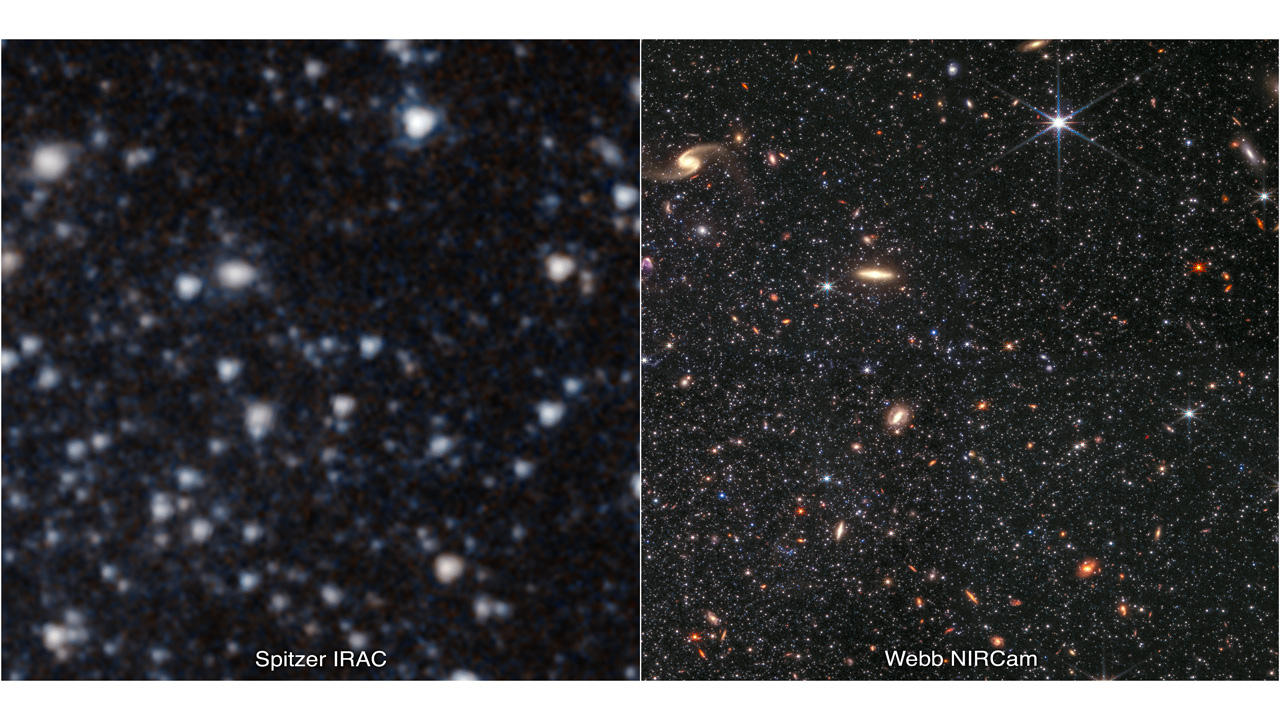Space is infinitely bigger than you could possibly imagine. And, while the way that the universe expands is still a mystery to scientists, we continue to observe what we can of the universe to learn more about it. Now, scientists are hopeful that observations of a nearby dwarf galaxy could provide more insight into how galaxies form and evolve over time.
The galaxy in question is known as Wolf-Lundmark-Melotte (WLM), and it can be found just 3 million light-years away from Earth. While that might seem far, it’s a pretty short distance when thinking about how big space is. WLM is a dwarf galaxy that has yet to interact with the Milky Way a lot, making it one of the best options around us to study in this capacity.
WLM is also interesting because it is made up of compounds more similar to galaxies of the early universe, something that the James Webb space telescope could possibly investigate further. The system is unenriched, NASA says, and is poor in elements that are heavier than helium and hydrogen. That’s because most of those elements are expelled from the galaxy during supernovas.

The hope is that studying dwarf galaxies like WLM could provide more insight into how galaxies form overall. Because WLM is very similar to early universe galaxies, it could give us a new set of data to compare against our current models. The main goal right now, the astronomers revealed in a post on NASA’s website, is to reconstruct the history of star formation seen in WLM.
Because low-mass stars can survive for billions of years, astronomers believe that WLM may be home to several stars that have lived since the early universe. And, if we can decode the data these stars offer, we may learn more about what the universe, and this dwarf galaxy itself, looked like in the origins of our universe.








